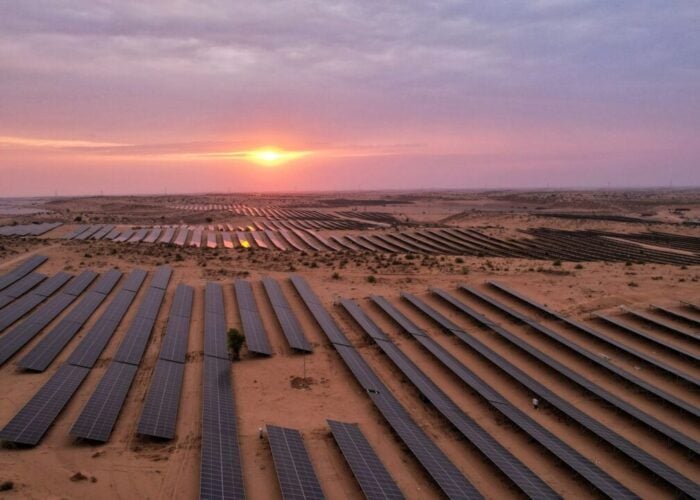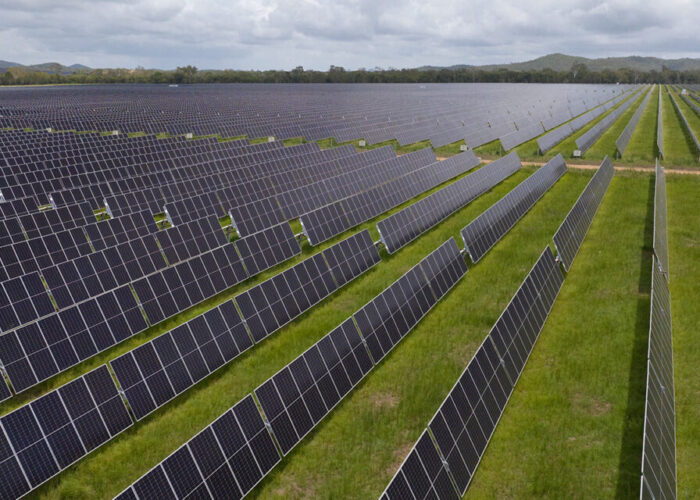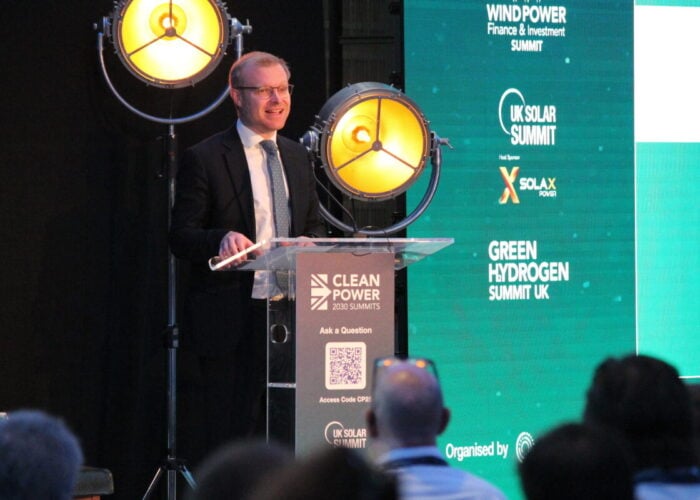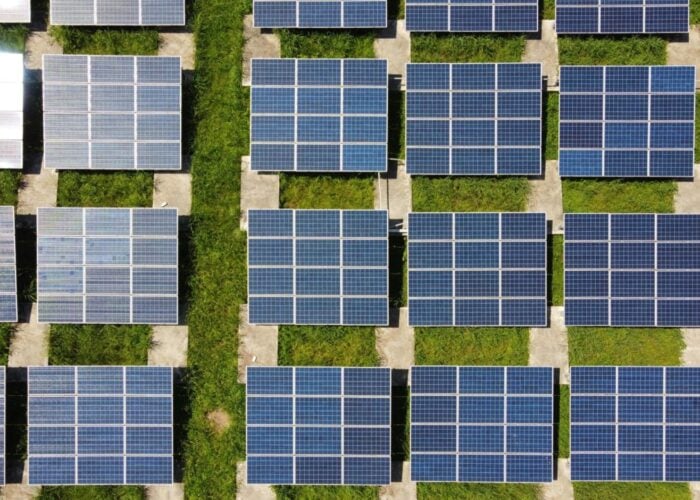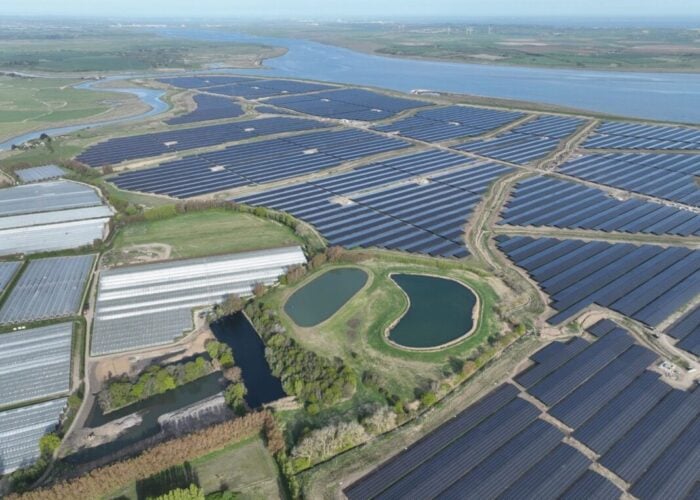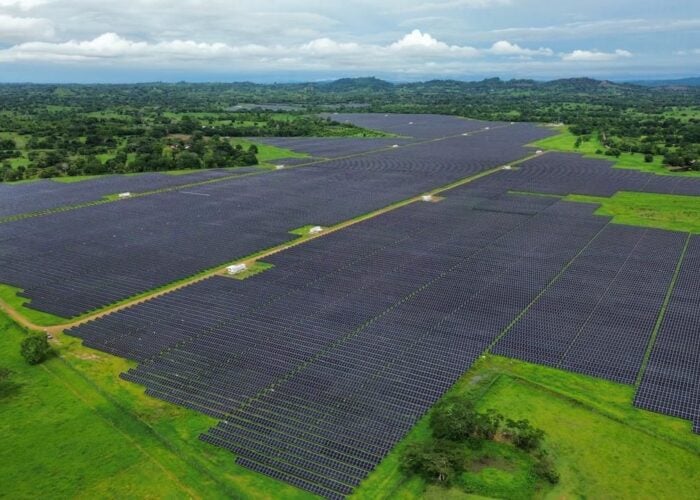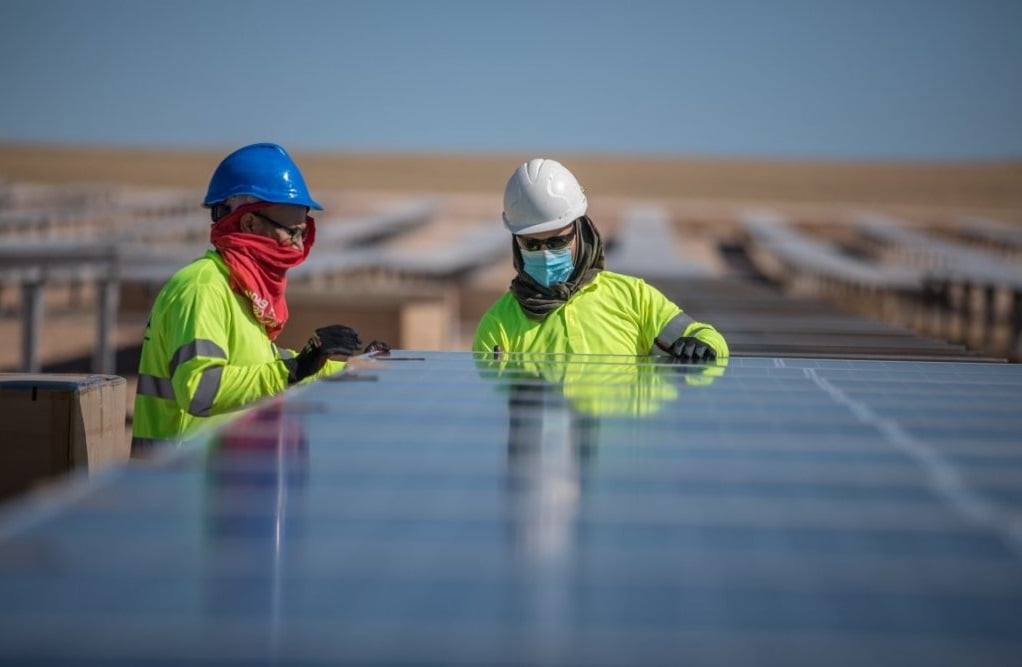
After a year in which solar has been beset by a plethora of challenges, from supply chain constraints to trade disputes, Liam Stoker calls for a more collaborative industry to emerge in 2022.
It has been a tempestuous year for photovoltaics globally. Bookended by supply chain constraints, 2021 has proven to be a year of trade tensions, policy deadlocks and a general sense that as quickly as the solar industry is growing – and could grow further still – it is still not moving fast enough to quell the climate crisis.
Unlock unlimited access for 12 whole months of distinctive global analysis
Photovoltaics International is now included.
- Regular insight and analysis of the industry’s biggest developments
- In-depth interviews with the industry’s leading figures
- Unlimited digital access to the PV Tech Power journal catalogue
- Unlimited digital access to the Photovoltaics International journal catalogue
- Access to more than 1,000 technical papers
- Discounts on Solar Media’s portfolio of events, in-person and virtual
There has, of course, been progress, and in some cases this has been very meaningful and tangible. Numerous efficiency records have fallen this year, sometimes reported over the course of just a few days, with the industry’s R&D efforts pushing the envelope for what can be expected from an installed module. Residential solar installs continue to rise in key markets, from the US to Europe and China, with more households than ever before able to generate – and in more cases than ever before, store – their own electricity. So, too, is solar becoming more prolific within lower-income communities, driven by an acute awareness that the energy transition must become more equitable if it is to actually deliver on its promise.
But it is unavoidable that 2021, so widely tipped to be a transformative year for solar deployment by many – most analysts suggested this would be the first year global installs tipped over the 200GW mark – has underdelivered. Data from the China Photovoltaic Industry Association last week which suggested the country would install no more than 55GW of solar PV this year, a reduction of 10GW from its initially forecasted upper projection, offers a succinct indication of the travails faced in the past 12 months.
Issues affecting the supply chain will be blamed for most of the missed deployment this year, and perhaps quite rightly. Polysilicon supply constraints have been exacerbated by ongoing volatility in the pricing of aluminium, silver, glass and other materials, while the less said about shipping prices this year, the better. When an earthquake rattled several solar manufacturing facilities earlier this year, causing temporary closures, most of the industry merely shrugged their shoulders and pondered ‘but of course this has happened now’.
While demand has at times outstripped supply, there should, at least theoretically, be enough polysilicon to go around. Certainly enough to satisfy the amount of solar that was initially forecasted for this year. Suggestions of speculative profit hunters buying not insignificant quantities of raw materials with the sole intent of reselling have abounded this year, while talk also persists that, perhaps, it may be time for policy or state intervention to prevent similar instances of pricing volatility happening again.
There could, however, be a simpler solution, and one that would resonate far beyond just the upstream. Given the challenges of the past year, it must now be time that that each corner of the solar industry communicates and collaborates more effectively? An industry pulling in one direction in unison, combating challenges and hurdles with a combined skillset and scale would surely be a potent force for good.
It also extends further into two points which were already up for discussion towards the end of this year.
Firstly, a more standardised approach to module manufacturing would create synergies that could be shared between not just those involved with the manufacture and installation of solar, but reverberate further down the chain and benefit consumers. The toing and froing between different wafer-size camps, the debate between optimal module size, the many different hole placement and racking configurations on offer all serve to muddy the waters and create points of difference where, arguably, there does not need to be any. System design, speed of installation and repowering potential are all hindered by the wealth of module schematics on the market today.
While it’s obviously fanciful to call for an entirely universal approach to module manufacturing, standardisation of some degree – even if it is just in mounting hole spacing, as has been seen this year – would go some way to easing such concerns.
Furthermore, a united industry will also go some way to solving a burgeoning issue for global solar; the skills gap. There is much talk of renewables and other clean tech’s propensity to create hundreds of thousands, if not millions, of green, sustainable and skilled jobs. But that potential will struggle to be fulfilled if those industries do not become more serious about how those jobs are going to be filled, and who exactly is going to fill them.
Securing the numbers of highly-skilled engineers necessary to install upwards of 450GW of solar per year by the end of this decade – as is required to comply with climate targets – will require substantial efforts in training and recruitment that must start from education. And that’s without considering the various other associated sub-sectors, be it in energy trading, asset monitoring, maintenance and more, all of which will need to see suitable increases in headcount.
And while we’re on the subject of recruitment, more simply has to be done to encourage a more diverse workforce. Far too much of the industry complies with the old ‘pale, male and stale’ stereotype.
The industries we work in have achieved so much to date that it feels somewhat dismissive to call for more. But it is unquestionable that a more collaborative and united approach does not just stand to help ease much of what has hindered and stands to hinder the industry in the future, but also set the world on a path to avert the very worst affects of climate change.
And if anything can unite the industry, surely it is that common cause.

